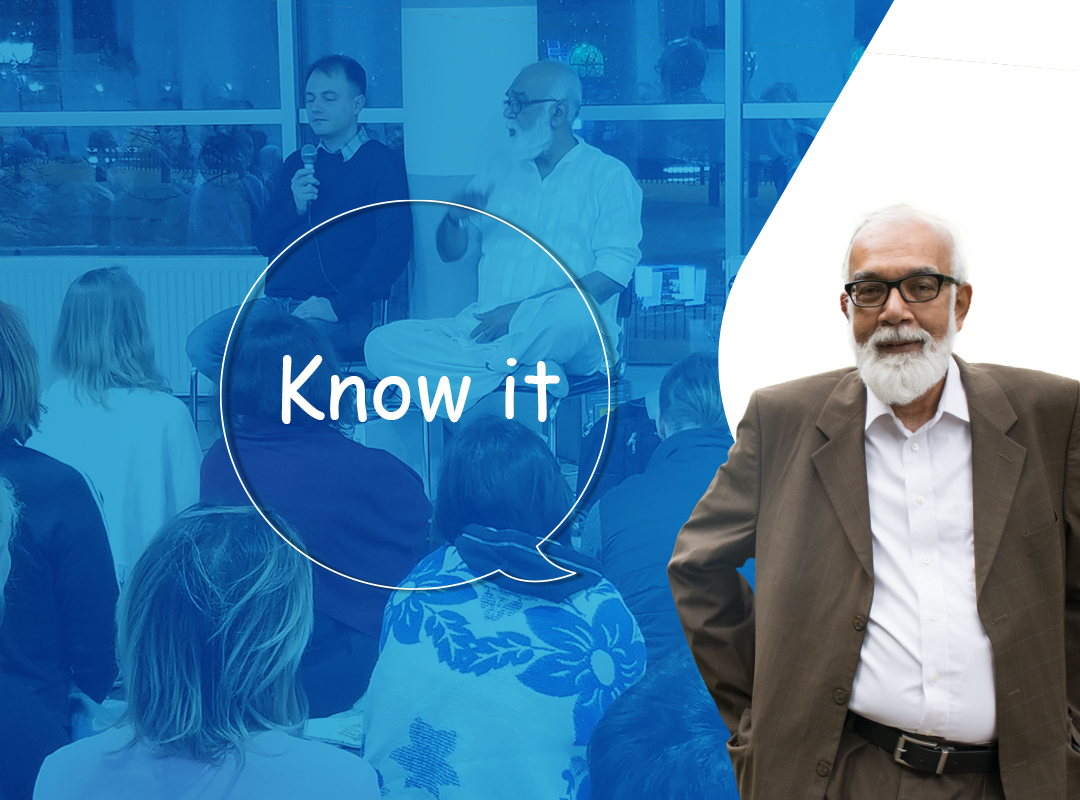
Step 1
Know It
We don’t know our true nature. Let us know it by teachings of masters of Eastern Wisdom

We don’t know our true nature. Let us know it by teachings of masters of Eastern Wisdom
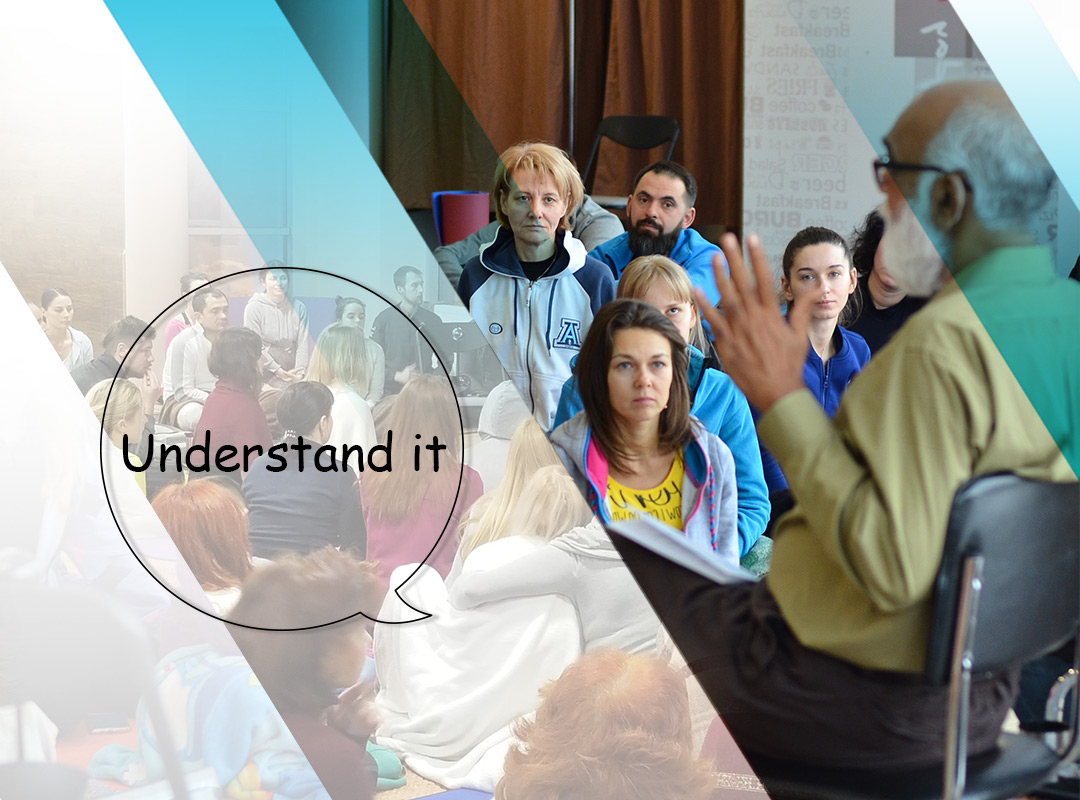
Become a seeker, ask questions to remove doubts and clear your mind.
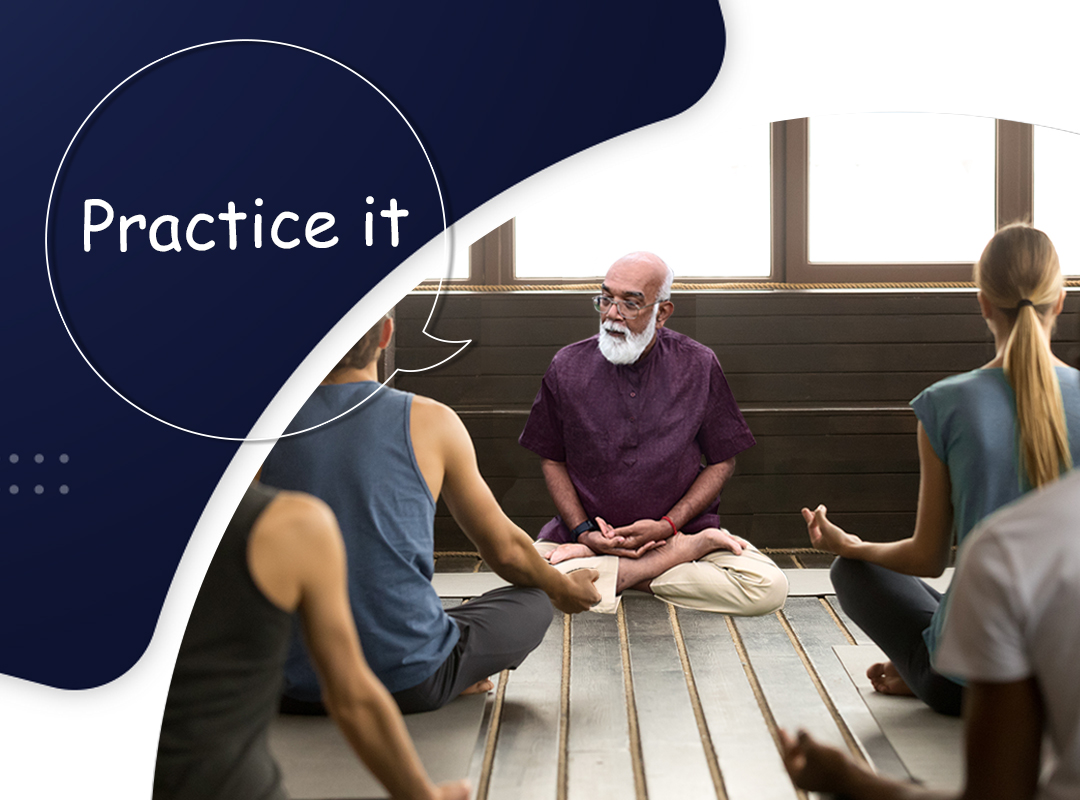
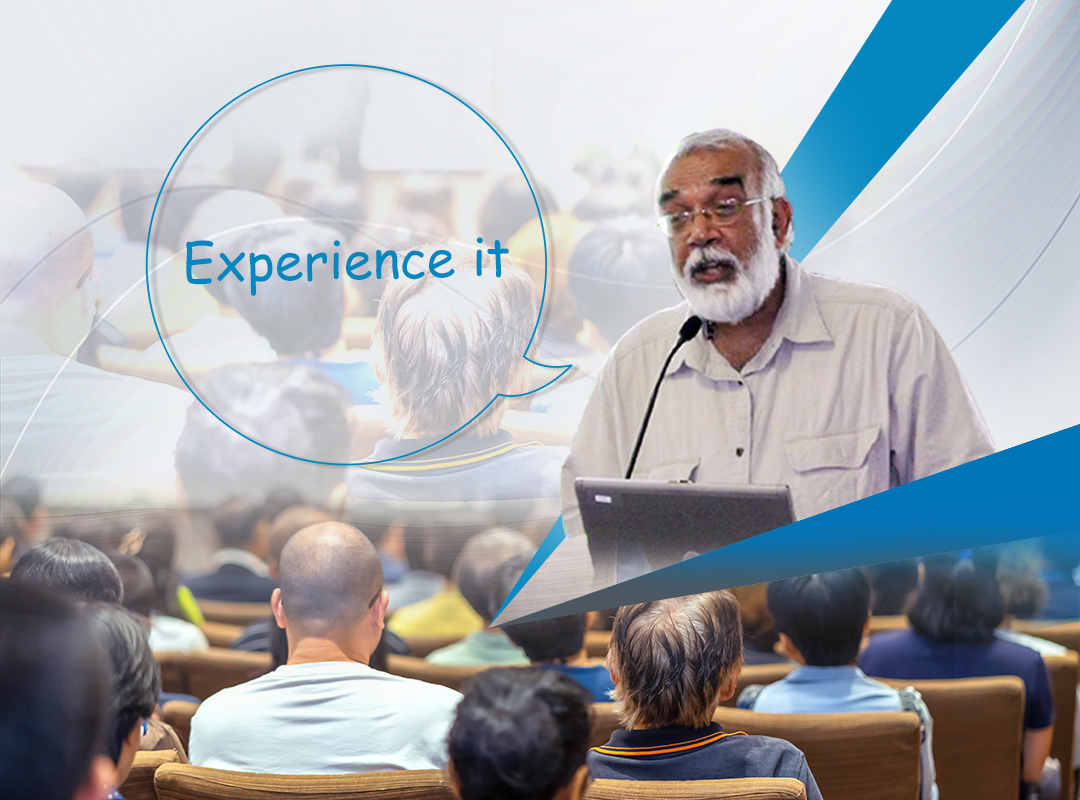
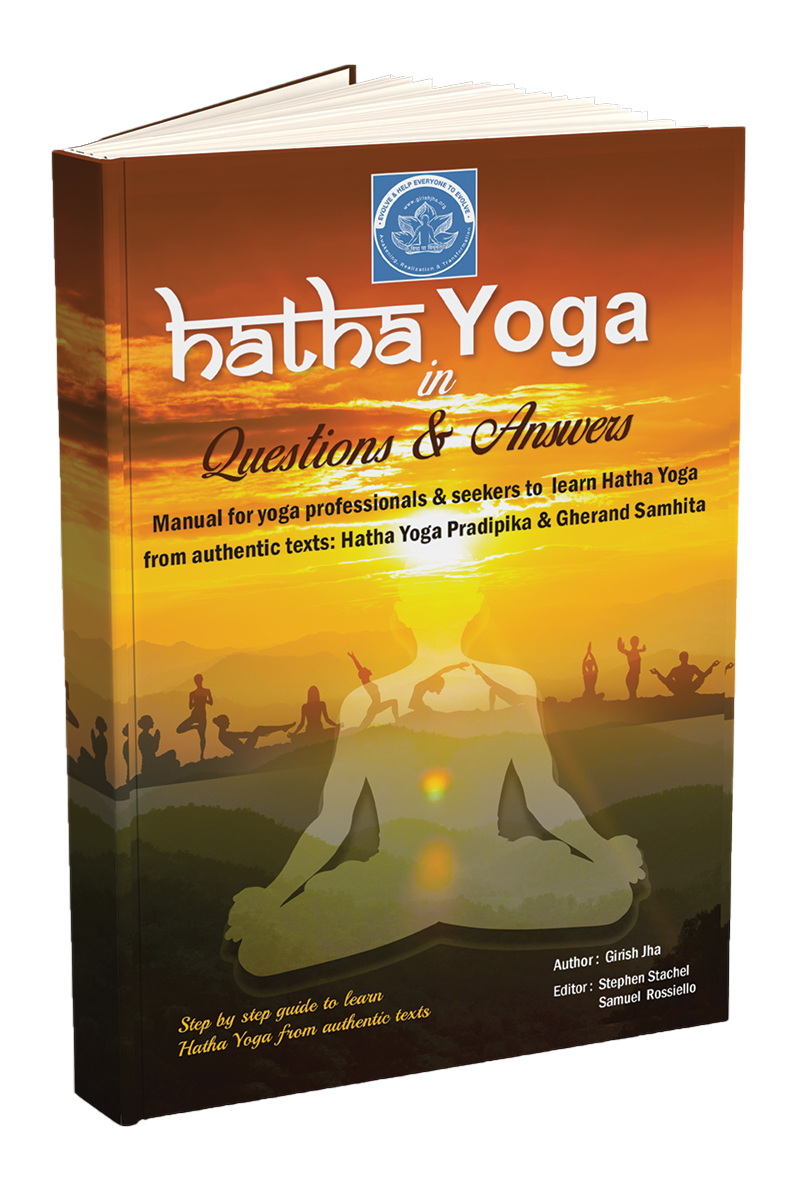
Hatha Yoga is practiced everywhere in the world, the most popular but completely misunderstood path. There are many styles of Hatha Yoga, commonly taken as Patanjali Raja Yoga. Many masters in the Himalayas who I met say that misunderstanding and confusion are due to a lack of proper study under master-disciple tradition. One master who lived in the Himalayas taught me Hatha Yoga from two popular texts, Hatha Yoga Pradipika and Gherand Samhita. He also referred to other texts, Goraksh Rahasyam and Dattatreya Yoga Sastra. Later, another great master, Swami Anant Bharati of Himalayan tradition, guided important aspects of Hatha Yoga.
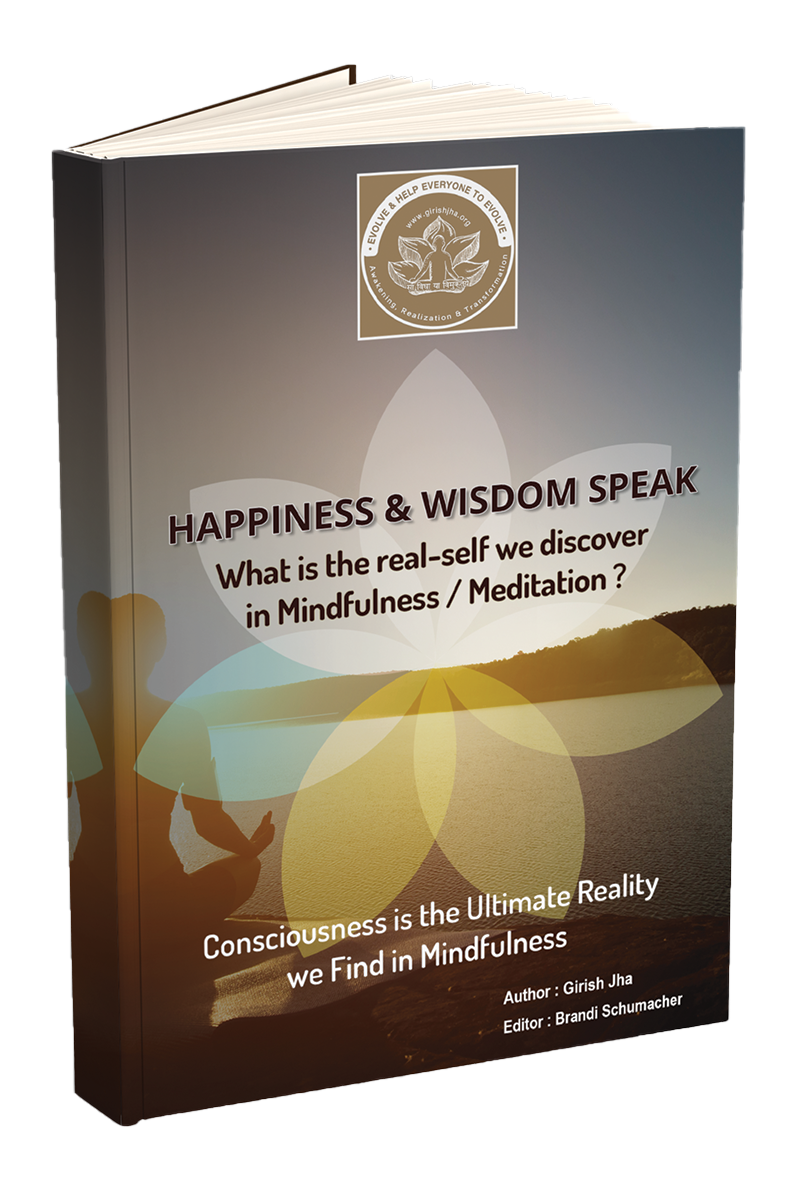
A master in Eastern Wisdom is called a Guru. The word ‘Guru’ means moving from ignorance to knowledge. What is ignorance and knowledge in the word Guru? We are ignorant about our real nature. The real nature, according to Eastern Wisdom, is SatChitAnanda (the absolute existence, consciousness, and bliss). We experience that we are stressed, we are suffering, and we believe we are worthy of suffering. The knowledge is about knowledge of self that declares we are not worthy of suffering. In reality we are peace, happiness, truth, love, and wisdom.
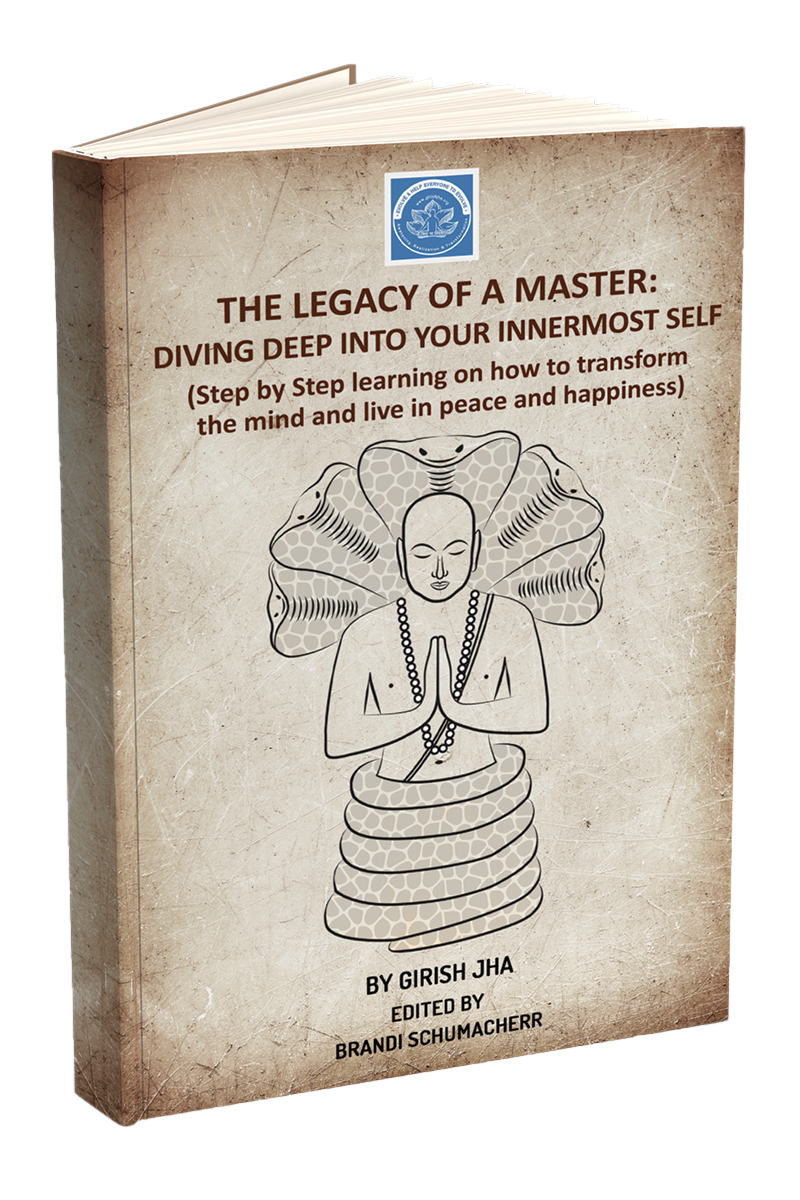
Eastern Wisdom is 6000 years of ancient tradition that is supported by 3000 teachers and texts. The goal of Eastern Wisdom is the discovery of our true nature. By doing this, we end stress, and suffering, and awaken to inner peace and happiness. Science aims at the discovery of the objective reality (material world) with a focus on objects in the world. Eastern Wisdom aims at the discovery of subjective reality. This reality is subjective because the true self cannot be objectified, in other words, it is not something that is experienced. Science works in the domain of “Who am I not” (i.e., matter, body, breath, brain, mind, intellect, and ego). Eastern Wisdom aims at knowing our true nature or “Who am I.” Knowledge knows no boundaries, and both complement each other. Knowledge, as such, should not be rejected. Knowledge is the power that liberates. This liberation in Eastern Wisdom is freedom from the mind.
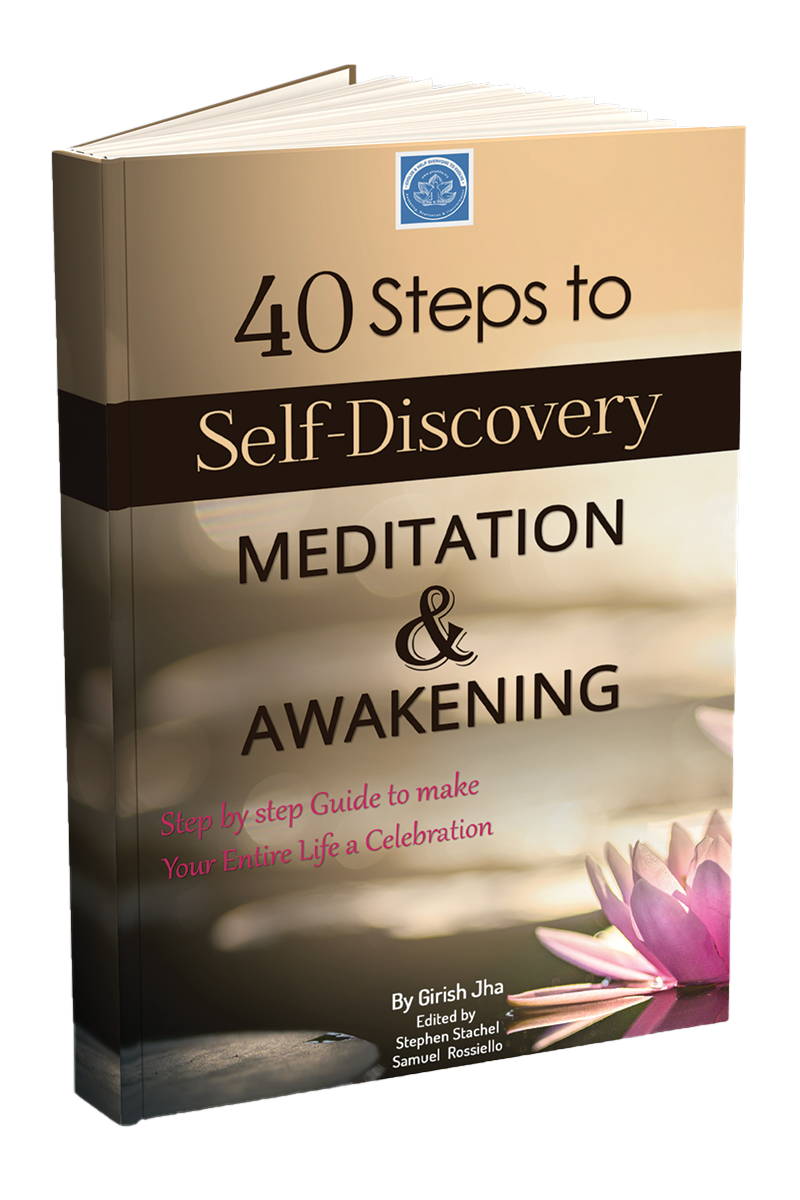
Four words define practice in Eastern Wisdom: Sadhana, Upaya, Upasana, and Abhyasa, roughly translated as practice. The word ‘Sadhana’ means accepting and cultivating what is desired and rejecting what is not desired in the journey of self-discovery. The word ‘Upaya’ means method, tools, and means. The word ‘Upaya’ is a method that removes impurities of the mind before awakening takes place. The word also defines various experiences the seeker passes through before awakening and realization. It also means ‘to come near’ or ‘to come into a state of what is known as awakening. The word ‘Upasana’ means ‘sitting near’ before the seeker enters into meditation. The word ‘Abhyasa’ means practice or repeatedly repeating the steps until the mind enters emptiness, calm, and reveals our true nature. But practice accompanies wisdom or the right knowledge.
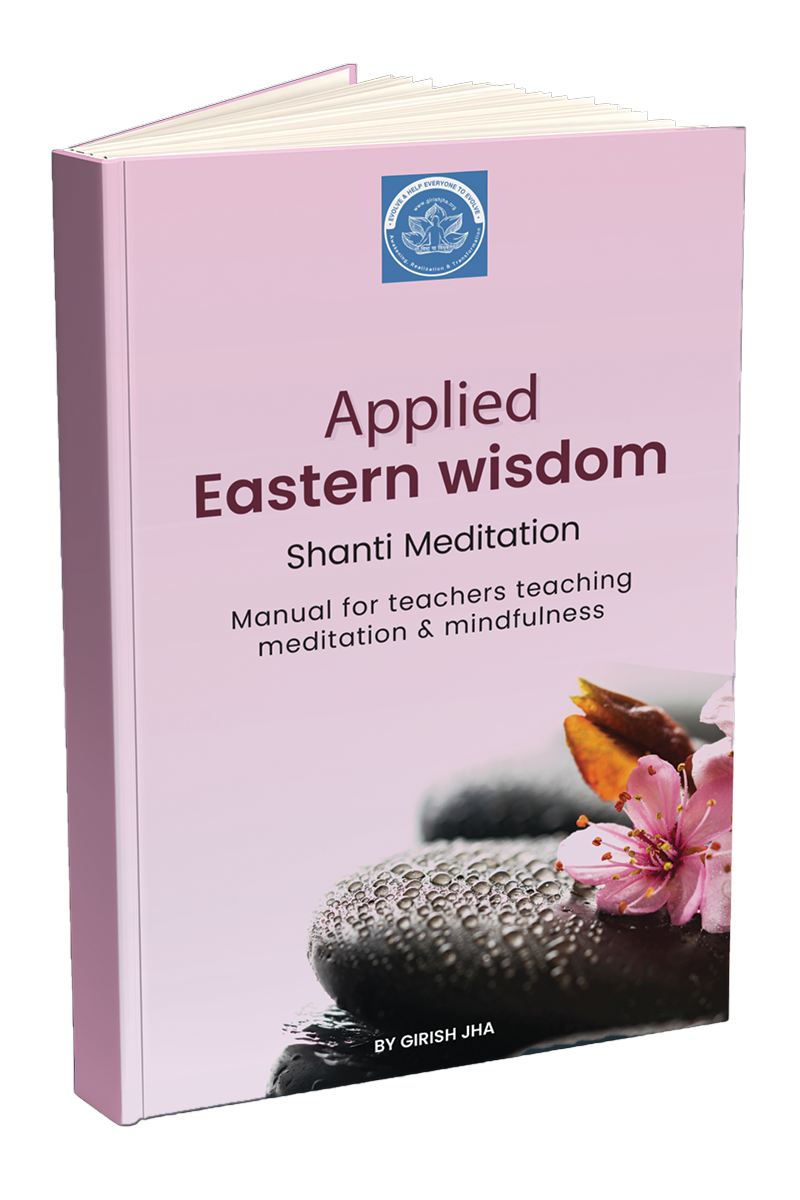
The first level of Shanti Meditation is easy, simple, effortless, and effective and can be practiced by anyone who is aspiring for peace, calm, happiness, and/or management of anxiety, depression, fatigue, insomnia, or other problems. It is based on the fundamentals of authentic Tantra & Yoga tradition that originated 6000 years ago and is delivered in an oral tradition in which teachers unfold secrets of meditation by brief talk, guided practice, sharing of experiences for deeper understanding, and maximum benefits. Shanti Meditation is a meditation practice free from cult, dogma, belief, and/or religion.
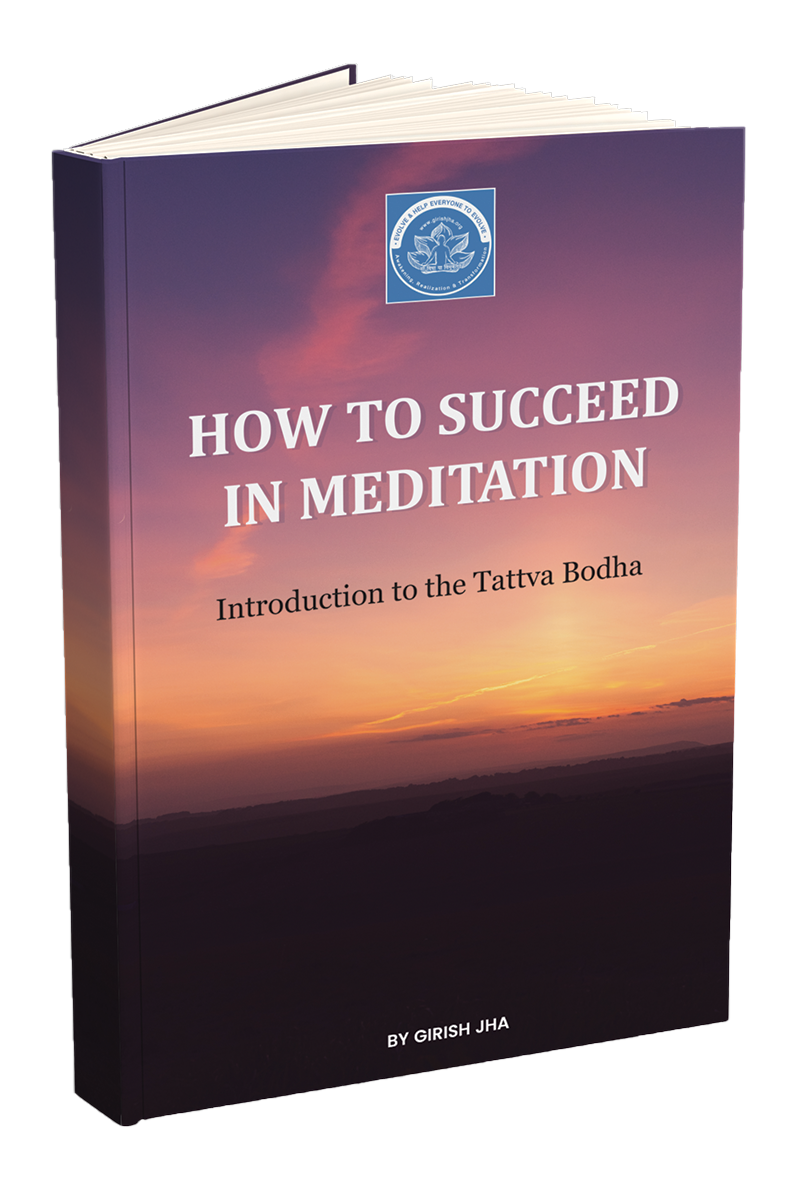
The Tattva Bodha is a topical text dating back 700 years. To study the Tattva Bodha is to study oneself. The teachings prepare the reader to succeed in meditation.
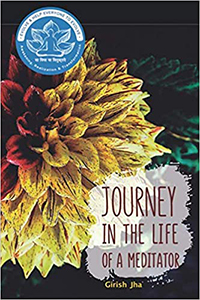
The manual is compressed knowledge and practices. The principles in the book are for everyone who likes to tread the path of self-discovery leading to life and work, think and express in permanent peace, happiness, love, and wisdom. The journey of life has a specific purpose i.e. evolve and help evolve everyone to live a life beyond suffering and in the highest state of mindfulness.
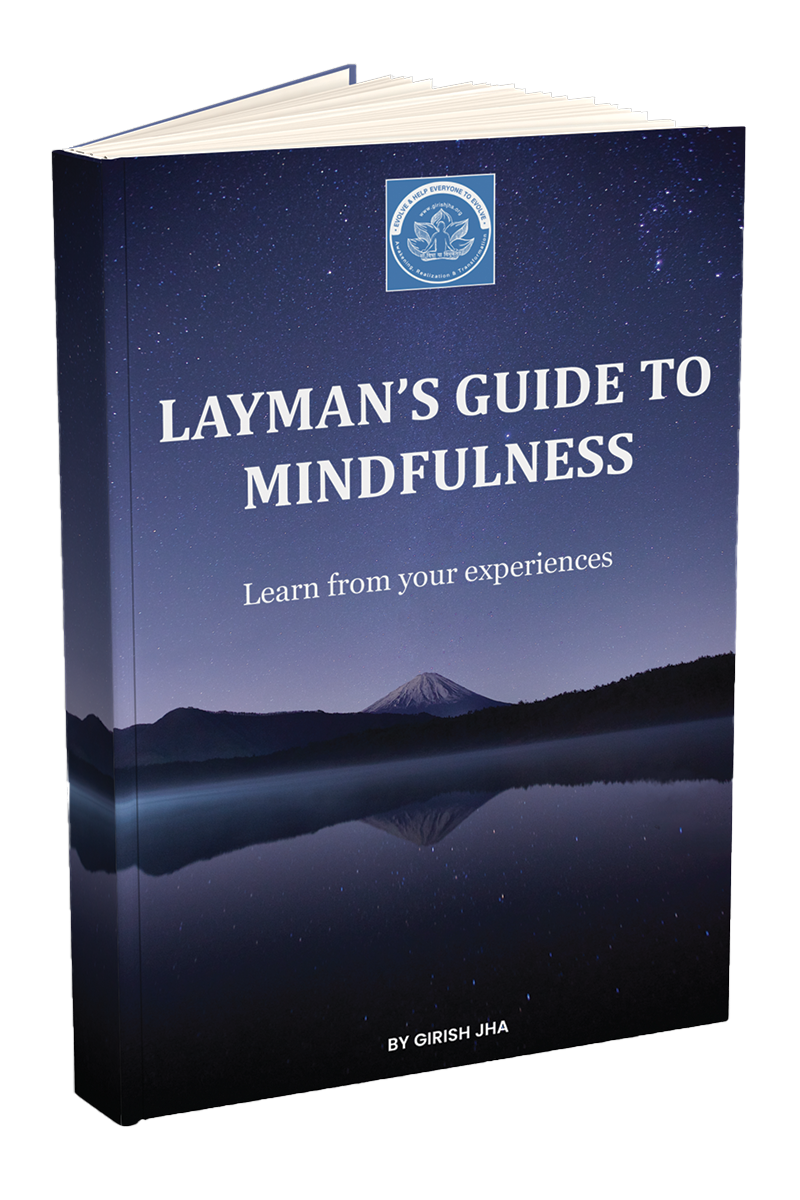
Science aims at the discovery of objective reality. Eastern Wisdom aims at the discovery of subjective reality. Science works in the domain of “Who I am not” i.e. matter, body, breath, brain, mind, intellect, and ego. Eastern Wisdom aims at knowing our true nature or “Who I am”. Knowledge knows no boundaries and Science and Eastern Wisdomcomplement each other. Knowledge should not be rejected. Knowledge is the power that liberates. This liberation in Eastern Wisdom is freedom from the mind.
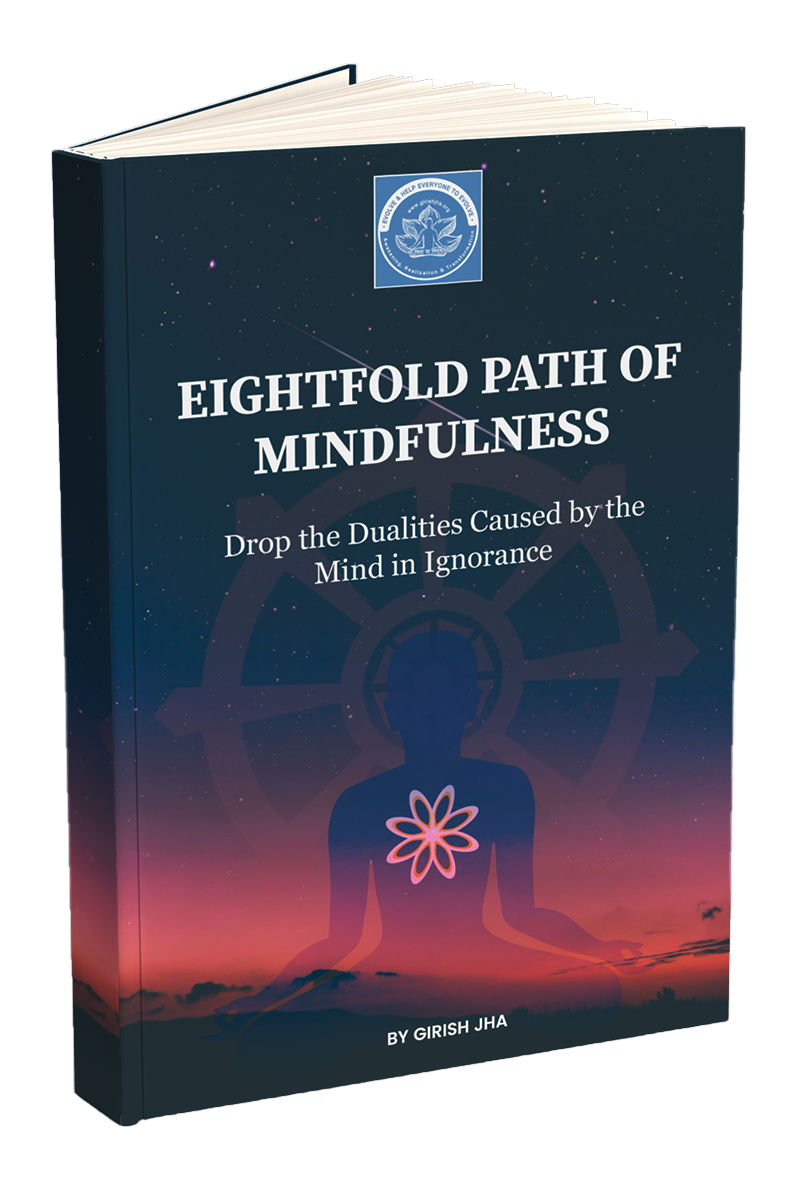
The Eightfold Path of mindfulness means eight groups of practices. There are practices for studying, contemplating, and cultivating attitudes, behaviors, thoughts, and speech, then there are practices needing to be done to change the mind, to change the brain to rise above the ordinary state of consciousness. The ordinary state of mind is full of dualities i.e. likes and dislikes, sorrow and happiness, hatred and love, and so on. The mind by default perceives the world by division. It is a necessary evil. Still, we need this mind for transactional reality i.e. personal, professional, social, and family lives.
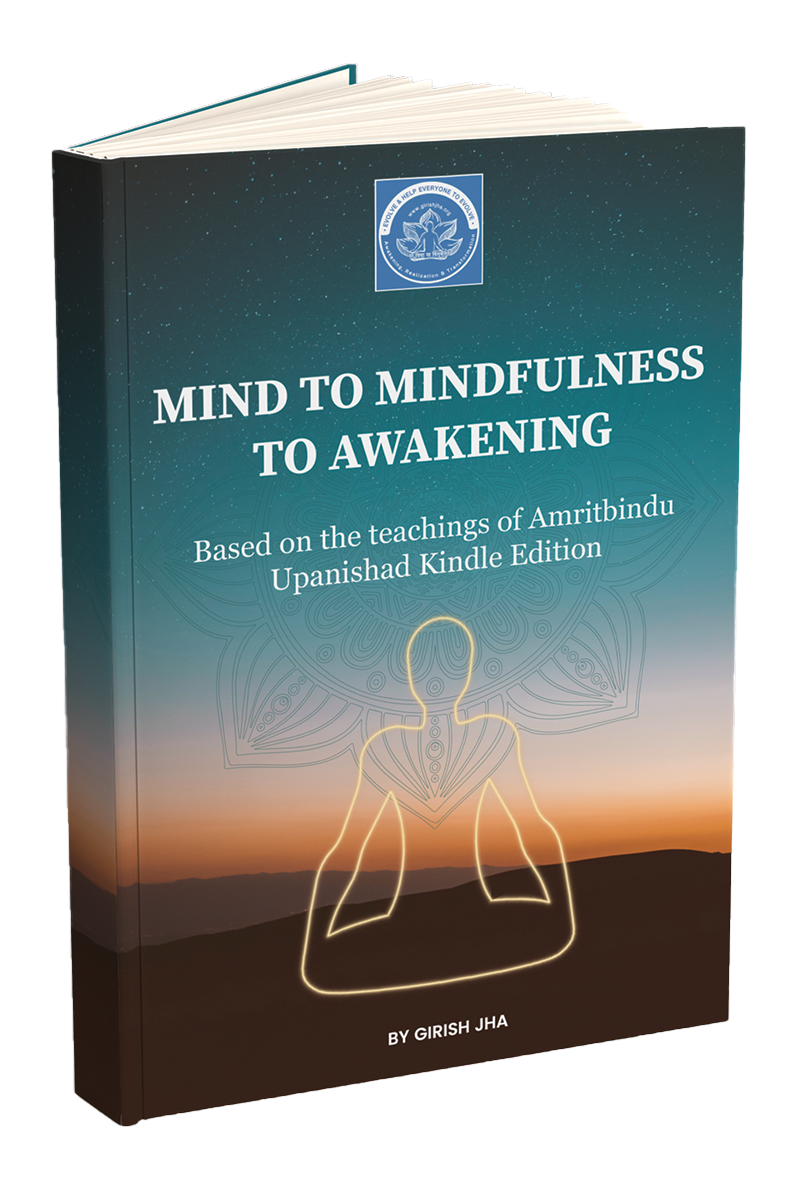
The book is written by a great master more than 2000 years ago. It deals with the mind, cause of suffering, tools to manage stress and suffering. This book ( Mind to mindfulness to awakening ) has less than 25 verses. When one learns, contemplates, and do simple practices, one enters into a deep meditative state that reveals inner peace and happiness. There are three main topics covered in this text. The first topics are about mind, meditation, and state of meditation of mindfulness. The second topic is what happens when awakening takes place. The third topic explains what is enlightenment.
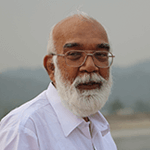
Speaker, Mentor & Coach
I help tech companies during the Great Resignation, to avert a workforce crisis through our proven 10-step strategy of eastern wisdom.

Advisor, Ayurveda for well being
75 years of operation helping people with high-quality herbal products for health and managing illness.

Director Corporate Marketing Girish Jha LLC
We help tech companies during the Great Resignation, to avert a workforce crisis through our proven 10-step strategy of eastern wisdom
My husband and I both study with Girish and have known him since he arrived from India.
Meditating with him has been very good for our marriage because it allows us to be calm and loving when we speak with each other...
read more
Yardley, PA
I have been able to cope with and manage my diabetes to a far greater extent than I had in the past
, I have never experienced the effects of pure joy and happiness as I feel when practicing Girish Jha classes. Through a regular practice of Girish’s unique ...
read more
NJ, 2012
Every day a way to be more capable, more focused, more energetic, more serene.
Dear Girish Jha, Since I received your teachings in Jakarta from 1997 until 2000 I can say that my perception of life has changed. With your teachings...
read more
Barcelona, Spain, 1999
I have been able to manage my deep grief and live in peace and
happiness My first interaction with Girish Jha took place in 2008, when he was giving a small and easy practice of conscious rest and relaxation. For years, depression caused too much of pain in my...
read more
Princeton, NJ 2008
The best Nada Teacher (sound resonance practices)
Girish Jha is the best Nada Yoga and Meditation teacher I have ever had. He is very knowledgeable and very good at teaching the subjects of Nada Yoga and Meditation. He gave ...
read more
Owner, Living At Peace, LLC (through LinkedIn)
Training military officers in Himalayas was stress relieving and increased performance
Girish was called at Army Cantonment at Leh in Himalayas for a training for Officers and their families and troops. I was the Army officer in General Staff...
read more
Brigadier (Retired)less








